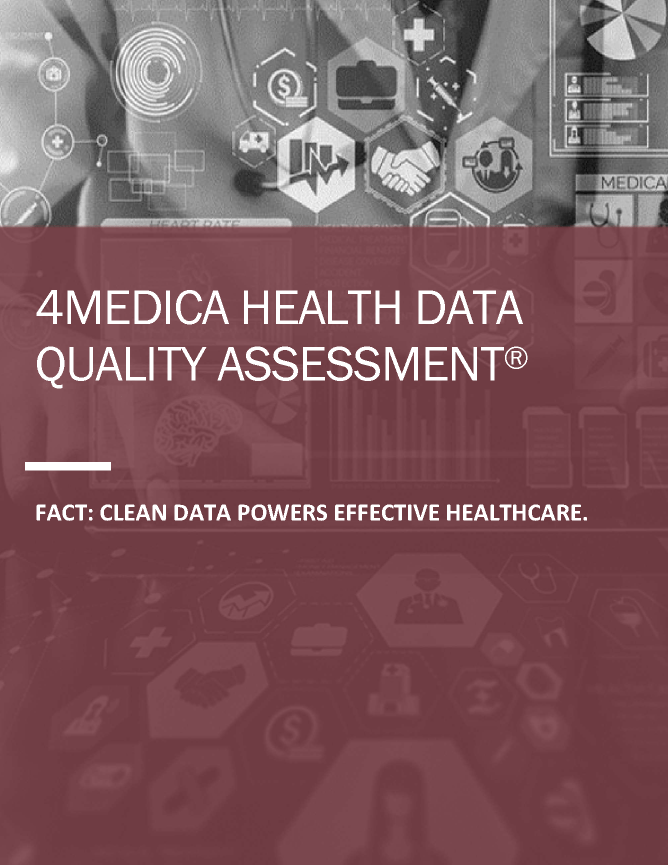This article was originally published by CLP Magazine. Click here to see article

COVID-19 put increased pressure on clinical labs, exacerbating the technician shortage crisis that has been plaguing the industry. While it won’t solve all the issues around personnel shortages, automation can help clinical laboratories meet testing demands across the health enterprise.
The COVID-19 pandemic put immense pressure on laboratories that already were struggling to keep up with workloads amid budget cuts and reduced staffing. This resulted in long backlogs when demand for testing increased as cases surged.
Now, as we see Omicron variant infections waning and brace for yet another variant surge, the question isn’t whether labs can handle an expected spike in demand, it’s whether some of these labs will close due to lack of staffing. This matters greatly because laboratories provide a critical first line of defense against infectious diseases.
Headcounts aren’t the only staffing concern for laboratories. Budget cuts and retirements have deprived many labs of experienced scientists, leaving a knowledge void that can’t be filled overnight or by recent graduates. Worse, the crushing workloads that have become routine for labs over the past two years inevitably result in mistakes that could endanger patients as well as patient privacy breaches.
It’s no wonder scores of lab employees who haven’t been pink-slipped due to budget cuts are quitting their jobs. This exodus has left labs that conduct infectious disease testing desperate for more help to keep up with COVID testing demands. To combat the technician shortage, some of these labs are offering “sign-on” bonuses to attract qualified lab techs and other critical resources needed to maintain the viability of their testing.
The Great Lab Resignation isn’t restricted to facilities that conduct infectious disease testing. The technician shortage also is negatively impacting clinical labs, biosafety labs, production labs, research and development labs, and hospital-based labs that are struggling to retain technicians as well as operational and business management employees. Many lab employees have resigned because they fear contracting COVID-19 from their coworkers. Those who have remained in their jobs must absorb the extra work, which leads to burnout and increases the risk of errors in the form of faulty test results, missing or incorrect patient data, and tests that either aren’t performed or whose results aren’t communicated to patients, providers, or payers.
Labs that aren’t doing COVID testing face an additional problem stemming from the pandemic: gutted revenue. Millions of Americans avoided seeing their providers in 2020, leading to far fewer clinician requests for lab testing. This has forced labs to find ways to further reduce operational costs through staff reduction and more efficient processes that leverage technology.
Technician Shortage Is Creating a New ‘Normal’
It’s pretty clear that the old model for laboratory services no longer works in a world where labs may have to rapidly scale operations up and down as needed and state/federal funding levels and revenue streams are uncertain. Lab workers are overworked and underpaid, a recipe for inefficiency, frustration, human error, and constant employee churn. And there is no magic wand that will return labs to the halcyon days of generous, consistent budgets, and deeply experienced lab personnel. At least for the foreseeable future, the technician shortage is the new “normal” for clinical laboratories.
There are, however, technological solutions that can help mitigate the pressure placed on lab workers by improving operations through automation of administrative tasks such as billing, removal of duplicate patient records, and automating systems that eliminate errors and reduce risk. Such greater operational efficiency would benefit both public health labs as well as private labs and imaging centers.
These would be positive changes in any era, but they are especially critical today because labs and imaging centers in recent years have evolved from being essential but relatively small service lines to vitally important profit centers. Indeed, as healthcare continues to adopt value-based care reimbursement models, labs must ensure the quality of their records and results.
Data quality efforts must start at the very beginning, when labs capture patient information from electronic health records (EHRs). Incorrect data can make it difficult to match patients, which results in costly duplicate records that can confuse and slow down lab staff. Automation can make the process of intaking orders much smoother and error-free, vastly reducing mistakes such as patient record duplications. On the other end, automation can help normalize data as test results are coming back out.
Technology even can help automate the nightmarish process of digitally converting paper requisitions, which still comprise up to 50% of all lab testing requests. Test requests submitted on paper can be scanned for conversion into digital form. By doing so, labs can achieve an electronic order rate of 100%, even if requisitions still come in on paper.
Automation takes a huge burden off labs because data entry positions are low paying, which makes churn a constant challenge. According to one lab, there is a perpetual cycle of hiring, training, and losing people. That’s a ton of time, energy, and expense going into literally running in place, a process that does nothing to enhance data quality.
In addition to allowing labs to reduce and even eliminate data entry positions, automation also can normalize inbound and outbound data, freeing labs from the need to hire data stewards or reallocate data normalization responsibilities to already small and overworked staff. The benefits of automation to labs extend to billing because better data quality control at the front end of the process means fewer denials and other complications arising from duplicate patient records, incorrect contact information, and other human errors. The eventual result is a more reliable and predictable revenue cycle.
Providers and payers rely heavily on data such as patient medical histories and social determinants of health (SDoH) to make decisions about clinical courses of action. Lab results also are a key source of data for clinical and payer decision-makers, which is why it is imperative that lab data is high quality. Indeed, for labs, better data quality equals more valuable data for themselves and other healthcare stakeholders (including patients). Quality data is nothing less than the fuel that powers value-based care.
Finally, remember this: While much of the work done in labs is repetitive and routine, every day labs are called upon to supply test results upon which life-and-death decisions are made. In these cases, shorter turnaround times literally can save patients’ lives. Thus, the greater efficiency automation provides helps labs fulfill healthcare’s highest calling—to help patients.
About the Author
Gregg Church is president of 4medica with 20-plus years of health IT experience. He is a tireless advocate of the national need to reduce patient duplicate records across disparate systems to less than 1%. Church regularly speaks and hosts roundtables at regulatory and industry conferences, events and public policy think tanks involved in shaping the framework for patient identification and matching, such as: PEW Charitable Trusts’ Patient Demographic Expert Group, AHIMA, ONC, GAO, HIMSS, SHIEC, eHealth Initiative and Foundation (eHI), the State Healthcare IT Connect Summit, Connecting Michigan for Health Conference, Executive War College and Lab Quality Confab.

